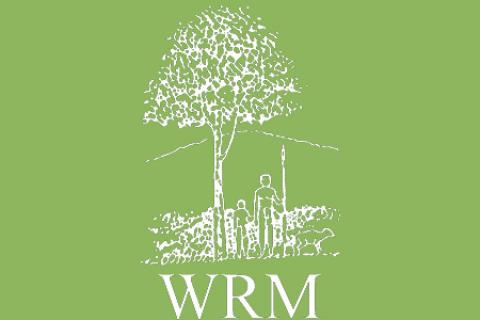In Guatemala, like in several other countries of the South, indigenous communities and the environment are paying a high cost due to the expansion of agrofuels. Deforestation, forced displacement, threats, illegal arrest and even murder are the signs of this encroachment.
Bulletin articles
In last month’s WRM bulletin we recalled the long standing battle that local communities had waged for Sarawak’s forests, notably through road blockades for stopping the entry of logging trucks into their territories.
This past 8-10 July, the Peasant Confederation of Peru and the National Agrarian Confederation, with the wide backing of a large number of indigenous and peasant organizations, carried out a country-wide protest which coincided on July 9 with a national general strike called by the General Confederation of Workers of Peru (CGTP).
Mangroves are the rainforests by the sea. Large stretches of the sub-tropical and tropical coastlines of Asia, Africa, Oceania, the Americas and the Caribbean are fringed by mangroves, once estimated to cover an area of over 32 million hectares. Now, less than 15 million hectares remain —less than half the original area.
Over 170 activists who gathered in Bangkok from 12-14 July harshly criticised governments and corporations for their failure to reduce greenhouse gas emissions. They called for "climate justice" and a "fundamental departure from the current global order" to solve the climate crisis. Conference participants included fishers and farmers, forest and indigenous peoples, women, youth, workers and non-government activists from 31 countries.
An analysis of environmental destruction processes usually leads to the identification of a series of causes, which can be classified as either direct or underlying causes. For example, one of the direct causes of the destruction of forests is their conversion to monoculture plantations of soybeans (Brazil, Paraguay), oil palm trees (Indonesia, Malaysia, Papua New Guinea, Colombia), pine trees (Chile) or eucalyptus trees (Brazil, Ecuador). Yet behind this easily identifiable cause there are others – the underlying causes – that ultimately determined and enabled this conversion.
We have produced a 10 minute video (in English) on the impacts of the paper industry. We hope that the video will be a useful tool for campaigning against excessive paper consumption and for linking those campaigns with the struggles of local communities confronting the expansion of pulpwood plantations and pulp mills in the South.
The video can be accessed at: http://www.wrm.org.uy/Videos/Paper_Consumption.html
The rural-urban migratory process in Chile is the result of internal conflicts in the agrarian structure and, in the case of the VIII Region – the Bio-Bio Region – it is linked to a productive restructuring which is in fact forestry restructuring.
The state-owned company Perhutani boasts of having “one of the highest percentages of forest plantation in the world” (http://perhutaniproducts.com/) with a land area of 2,426,206 Ha in Java and Madura Island of Indonesia.
It has also the gloomy record of having severely damaged or destroyed well over half the 'state forest' of Wonosobo in Central Java (see WRM Bulletin Nº 96).
The Tanoé Swamps Forest, in the department of Adiaké, is the very last remaining forest block in the south-eastern corner of Côte d’Ivoire and extends in an area that has been classified by conservation experts as being, among other things, of high importance for the conservation of mammals and birds, and of very high importance for the conservation of fresh water ecosystems.
In February 2008, the Uganda Wildlife Authority and the Uganda People's Defense Forces evicted more than 4,000 people from the Benet and Ndorobo communities living in Mount Elgon National Park in East Uganda. People's houses and crops were destroyed, cattle were confiscated and the people were left homeless. They found shelter where they could: in caves and under trees. The luckier ones stayed in a primary school or moved in with their relatives.
“Paper is a wonderful material, which for centuries has served for a fertile exchange of ideas among human beings. For us all who use it as an essential vehicle to share what we think, imagine, dream, know or believe we know, paper is a wonderful tool that we want to be able to continue using ... but not at the expense of people and the environment.
As people who live in this reality, we are aware of the serious injustices and inequalities - social and environmental – arising from the world production and consumption of paper.
